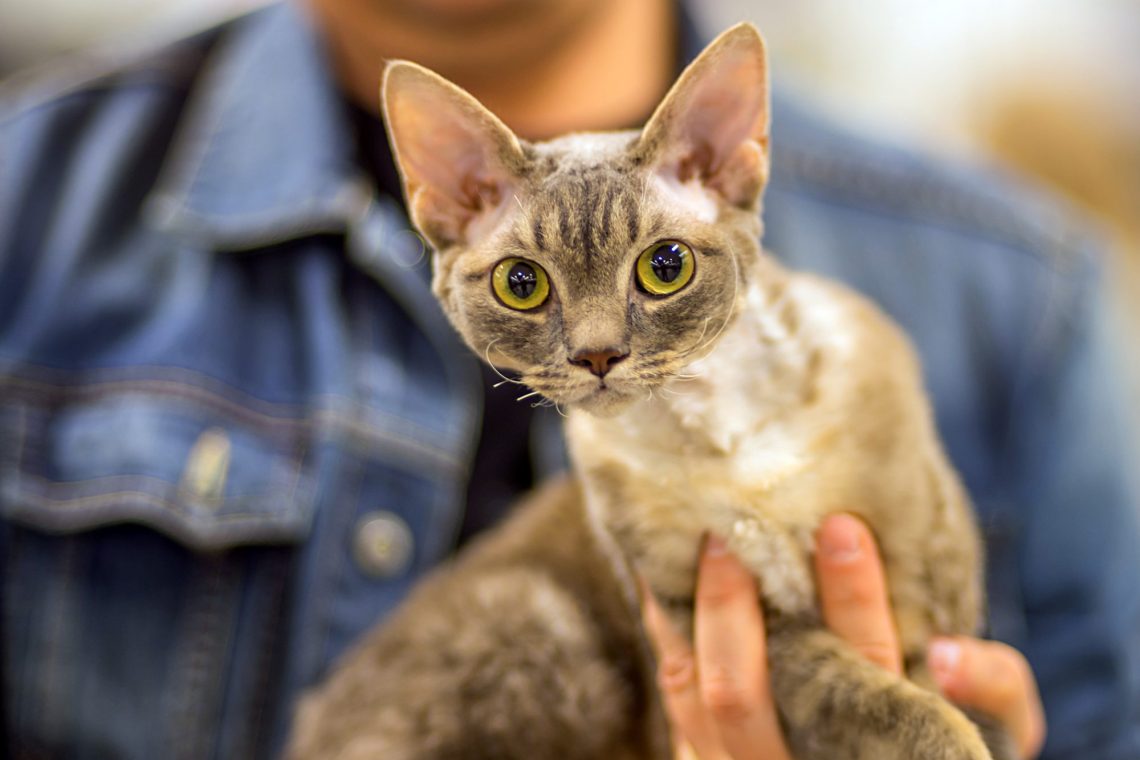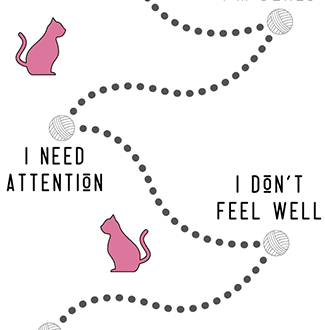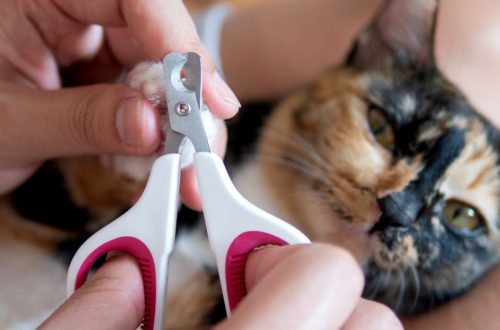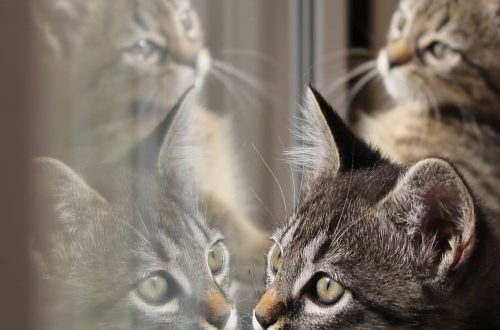
Shorthair cat breeds: features and care
Shorthair cats are the largest group of breeds. And this is not surprising, because it was this type of hairline that the wild ancestors of modern pets had. We offer you to figure out how to choose a cat with short hair and how to properly care for it.
What breeds are shorthaired?
Here are just a few of the most popular breeds in the world and in Russia.
The British Shorthair became famous as the first official breed in history: back in the XNUMXth century, the English cat lover Garrison Weir took up selection and organized an exhibition of his pets. British Shorthairs are easily recognizable by their characteristic muzzle proportions that make them look like teddy bears. Temperament balanced, non-conflict. Representatives of the breed are equally attached to all family members.. american shorthair The ancestors of these cats arrived on the American continent along with the first colonists and became their faithful assistants in getting rid of rodents. But those days are gone, and today’s American Shorthair is more likely to sit on the owner’s lap than run around the house in search of adventure. They are also valued for their silence: representatives of the breed, if they give a voice, do it quietly and delicately. Cat owners may not notice subtle changes in their older pets and may not understand the importance of detecting them in a timely manner.
european shorthair It originates from Scandinavia: in the middle of the last century, Swedish, Danish and Norwegian felinologists began to create a breed based on ordinary domestic cats. The breeders tried to preserve both the appearance and the character of the aboriginal inhabitants of Northern Europe. Thanks to this approach to selection, the European Shorthair has remained the very “cat that walks by itself”. Independent and self-sufficient pets will be excellent companions for people who spend a lot of time at work. scottish shorthair The most popular is the fold variety, also known as the Scottish fold. However, kittens with erect ears (Scottish Straight) are not uncommon in litters, which are distinguished by some felinological associations as a separate breed. True, there are no differences between them in character. Regardless of the position of the ears, the Scottish cat is the ringleader and the soul of the company. Cheerful, playful, cheerful pets will appeal to everyone who leads an active lifestyle.
exotic shorthair It is a shorthair variation of the famous Persian cats. Ideal for those who are not ready for the laborious care of the Persian coat, but share their passion for quiet relaxation, caress and hugs. A human-oriented pet requires a lot of attention, but will thank you with true devoted friendship..
Russian Blue Oddly enough, this breed does not come entirely from Russia: British Karen Cox began its breeding. However, our Siberian cats were taken as a basis. From them, the Russian Blue inherited the wool, although short, but thick, with a dense undercoat. Cats of this breed are sociable, well-mannered, well-trained. Of the whole family, they tend to choose one pet, but they get along well with everyone, including small children.
Who are short haired cats for?
As you can see from the previous section, shorthair cats are very different from each other. From a variety of breeds, everyone can choose a pet that is ideally suited to his character and temperament: sociable or unobtrusive, calm or active, easily making new friends or a convinced monogamous.
Features of care
Caring for such pets is the easiest in comparison with long-haired and hairless breeds. Therefore, short-haired cat breeds are considered the best choice for inexperienced owners.
The short coat is of two types: plush, with a thick undercoat, and smooth, with little or no undercoat. In both cases, the pet’s coat needs to be combed out 1-2 times a week, but for the first variety, a massage brush is best, and for the second, a comb with frequent teeth.
The procedure for combing wool is as follows:
- Start from the sides and back. It is necessary to carry out a comb or brush both along and against the growth of hairs.
- Comb out the stomach and “pants” on the paws. Cats do not really like touching these places, so you need to be especially careful and delicate.
- With wet hands, stroke the cat alternately along and against the coat. The procedure allows you to remove the fallen hairs that did not fall into the comb. This step can be repeated daily to minimize the amount of hair in the home.
Shorthair cats are washed 1-2 times a year with a special shampoo. More frequent bathing is contraindicated as it disrupts the beneficial microbiota on the surface of their skin. This completes the list of hygienic procedures for hair care. As you can see, it is not at all burdensome and will not cause trouble even to the busiest owners of graceful beauties.





